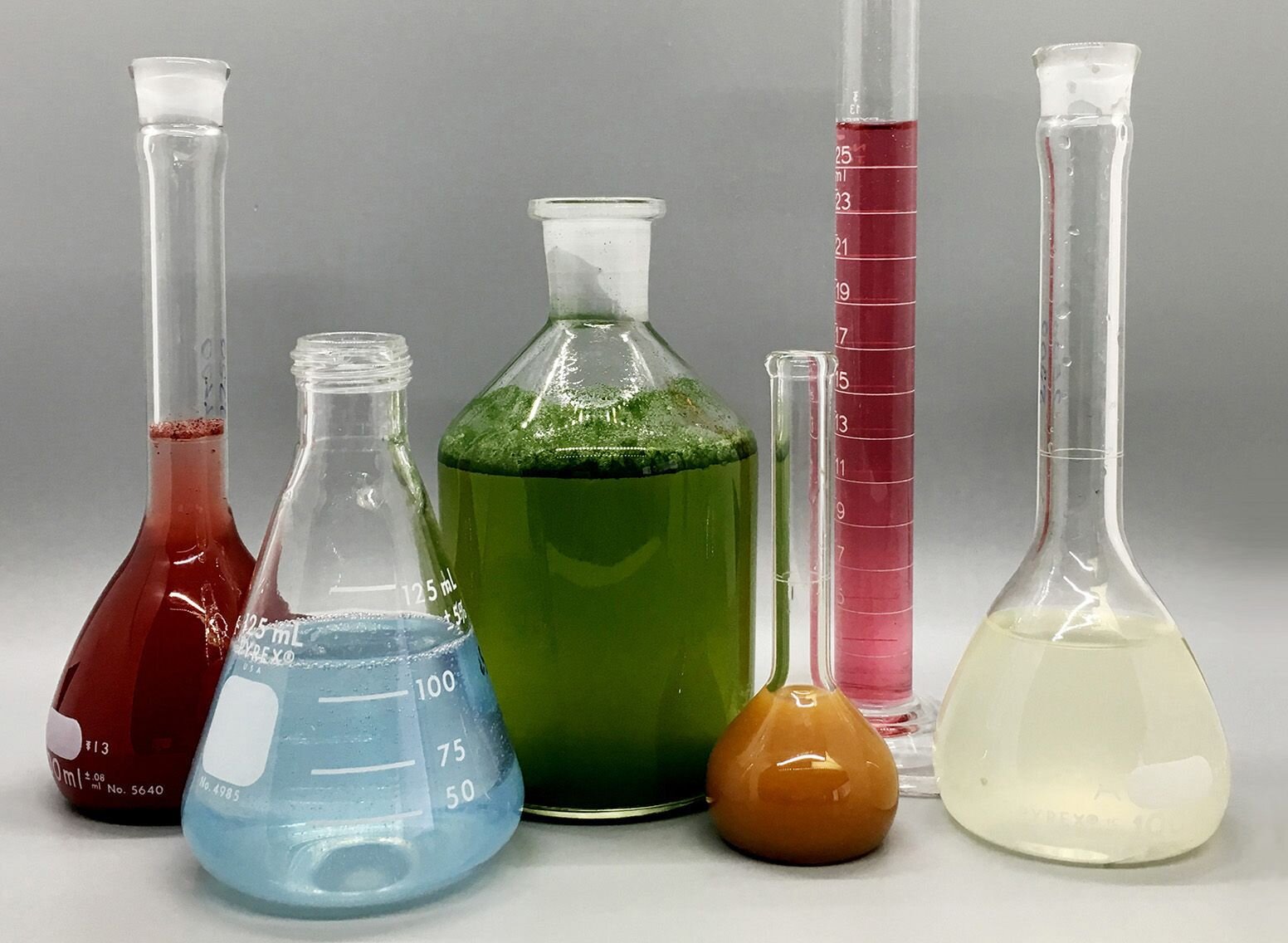The Definitive Guide for Circular Dichroism
The Definitive Guide for Circular Dichroism
Blog Article
The Best Guide To Uv/vis
Table of ContentsThe Buzz on SpectrophotometersThe smart Trick of Circular Dichroism That Nobody is Talking About7 Easy Facts About Circular Dichroism DescribedUv/vis Can Be Fun For AnyoneCircular Dichroism for Beginners

Spectrophotometry is a tool that hinges on the quantitative analysis of molecules depending on how much light is soaked up by colored compounds.
Getting The Uv/vis To Work
A spectrophotometer is typically utilized for the measurement of transmittance or reflectance of services, transparent or nontransparent solids, such as refined glass, or gases. Numerous biochemicals are colored, as in, they soak up visible light and for that reason can be measured by colorimetric treatments, even colorless biochemicals can often be converted to colored compounds appropriate for chromogenic color-forming reactions to yield compounds appropriate for colorimetric analysis.: 65 However, they can also be designed to determine the diffusivity on any of the listed light varieties that typically cover around 2002500 nm utilizing various controls and calibrations.
An example of an experiment in which spectrophotometry is utilized is the decision of the balance constant of a service. A particular chain reaction within a service may take place in a forward and reverse instructions, where reactants form items and items break down into reactants. At some point, this chemical response will reach a point of balance called a stability point.
Uv/vis/nir Can Be Fun For Anyone
The quantity of light that passes through the service is a sign of the concentration of specific chemicals that do not allow light to travel through. The absorption of light is because of the interaction of light with the electronic and vibrational modes of molecules. Each type of particle has a private set of energy levels related to the makeup of its chemical bonds and nuclei and thus will soak up light of specific wavelengths, or energies, leading to unique spectral homes.
Using spectrophotometers spans numerous scientific fields, such as physics, products science, chemistry, biochemistry. spectrophotometers, chemical engineering, and molecular biology. They are extensively utilized in numerous markets including semiconductors, laser and optical production, printing and forensic assessment, as well as in labs for the study of chemical compounds. Spectrophotometry is typically used in measurements of enzyme activities, decisions of protein concentrations, decisions of enzymatic kinetic constants, and measurements of ligand binding reactions.: 65 Ultimately, a spectrophotometer is able to determine, depending on the control or calibration, what compounds exist in a target and precisely how much through computations of observed wavelengths.
This would come as a service to the previously produced spectrophotometers which were not able to take in the ultraviolet correctly.
The smart Trick of Circular Dichroism That Nobody is Discussing
It would be found that this did not offer acceptable outcomes, therefore in Design B, there was a shift from a glass to a quartz prism which enabled better absorbance results - spectrophotometers (https://pastebin.com/u/olisclarity1). From there, Model C was born with a modification to the wavelength resolution which ended up having three systems of it produced
It was produced from 1941 to 1976 where the cost for it in 1941 was US$723 (far-UV accessories were a choice at extra cost). In the words of Nobel chemistry laureate Bruce Merrifield, it was "probably the most crucial instrument ever developed towards the development of bioscience." Once it became stopped in 1976, Hewlett-Packard created the first commercially available diode-array spectrophotometer in 1979 referred to as the HP 8450A. It irradiates the sample with polychromatic light which the sample takes in depending upon its properties. Then it is transmitted back by grating the photodiode range which discovers the wavelength area of the spectrum. Ever since, the creation and execution of spectrophotometry devices has increased exceptionally and has actually turned into one of the most ingenious instruments of our time.

Rumored Buzz on Circularly Polarized Luminescence
Historically, spectrophotometers use a monochromator including a diffraction grating to produce the analytical spectrum. The grating can either be movable or repaired. If a single detector, such as a photomultiplier tube or photodiode is used, the grating can be scanned step-by-step (scanning spectrophotometer) so that the detector can determine the light intensity at each wavelength (which will represent each "action").
In such systems, the grating is fixed and the intensity of each wavelength of light is determined by a different detector in the variety. When making transmission measurements, the spectrophotometer quantitatively compares the fraction of light that passes through a reference solution and a test service, then company website electronically compares the strengths of the 2 signals and calculates the percentage of transmission of the sample compared to the reference requirement.

Report this page